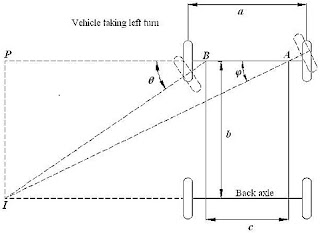Positive caster is when the steering axis is in front of the verticle axis and negative caster is when the steering axis is behind the verticle axis. In this article, you have to clear your mind to check it out the difference between positive and negative caster, comparison and much more details about them.
Difference :
Difference :
- Positive caster occurs when the axis of the steering wheel is ahead of the vertical axis and negative caster occurs when the axis of the steering wheel is behind the vertical axis.
- A significant amount of positive caster provided that your vehicle has a well-fitted power steering system while negative caster symptoms make the steering wheel light and increasing the susceptibility of your vehicle, and make its path accurate without proper direction.
- Positive caster angles run between 3 - 5° on modern vehicles gives a good mix of highway stability and steering feel. Negative caster is opposite to positive caster.
Summary :
If you modify the caster settings on your vehicle, make sure that you keep the angular degrees of the casters completely symmetrical with one another. If you make the mistake of miscalculating the angles of the casters on various wheels of your vehicle, then you will find your car will start pulling more towards one side with respect to another side which doesn't have much of a caster angle.
